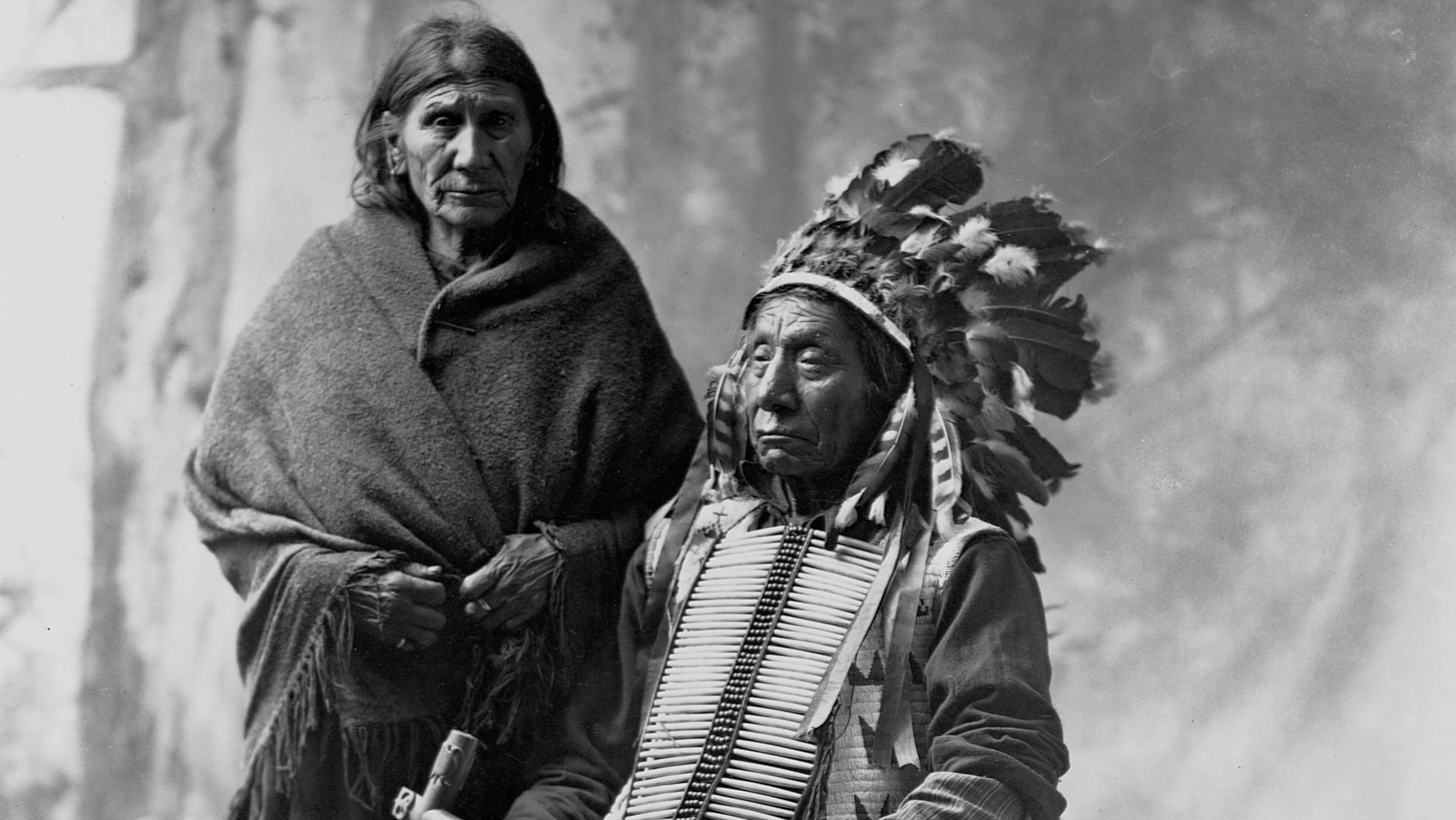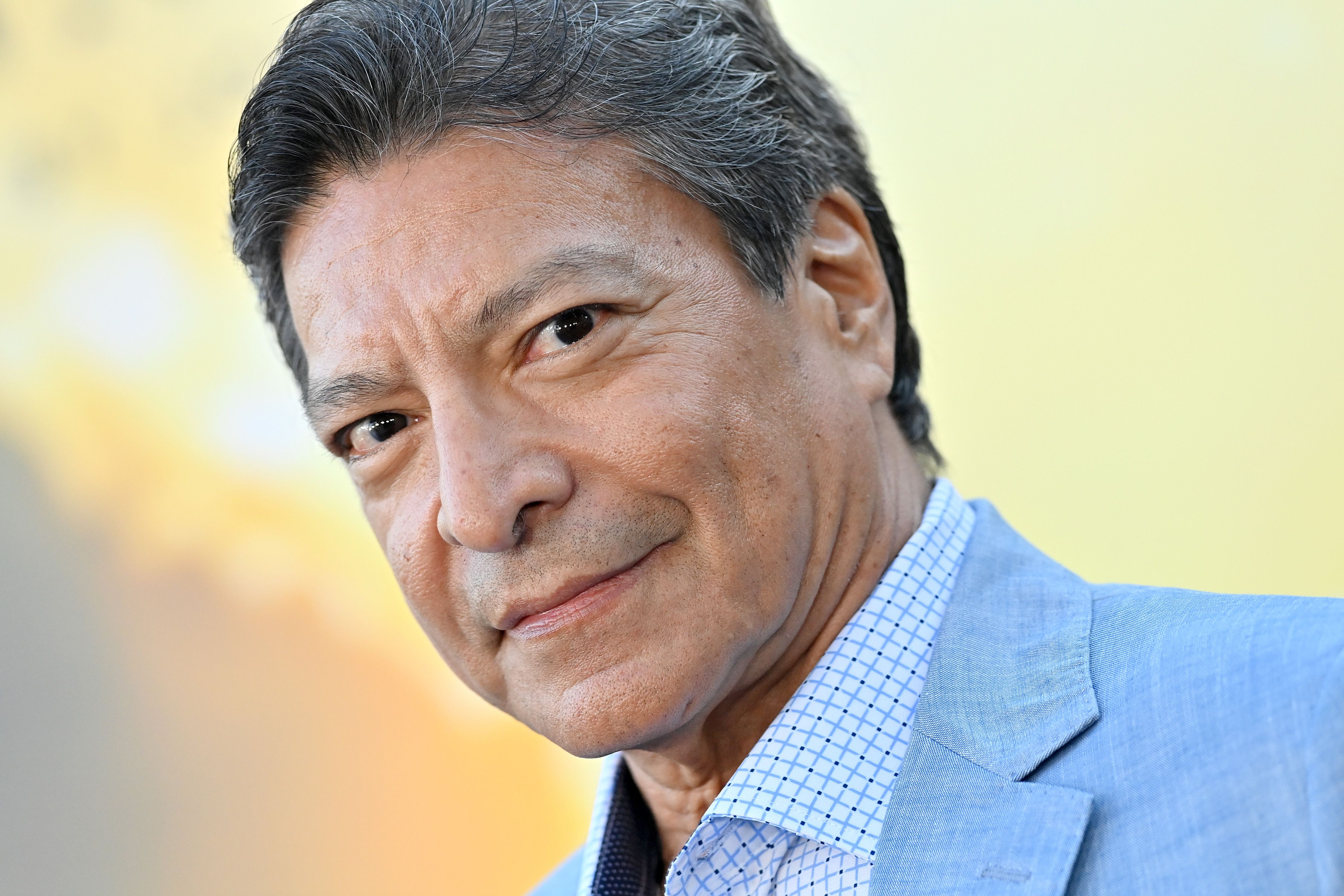
Beyond the Chief’s Regalia: The Diverse Faces of Contemporary Native American Leadership
When many think of Native American leadership, images of historical figures like Sitting Bull or Geronimo, or perhaps a stoic chief in traditional regalia, might come to mind. While these figures are vital to the rich tapestry of Indigenous history, they represent only a fraction of the dynamic and multifaceted leadership that thrives within Native American communities today. Contemporary Native American leaders are not confined to a single archetype; they are governors, activists, artists, scientists, lawyers, entrepreneurs, and cultural torchbearers, navigating complex modern challenges while deeply rooted in ancient traditions and a fierce commitment to self-determination.
Their leadership is forged in the crucible of historical trauma—genocide, forced assimilation, land dispossession, and broken treaties—yet it is defined by resilience, innovation, and an unwavering pursuit of justice, sovereignty, and cultural revitalization. They operate on tribal lands, in statehouses, in Washington D.C., and on the global stage, demonstrating a breadth of influence that is often overlooked by mainstream narratives.

The Architects of Nationhood: Tribal Chairs and Presidents
At the core of contemporary Native American leadership are the elected and traditional leaders of the 574 federally recognized tribes and numerous state-recognized and unrecognized Indigenous nations across the United States. These tribal chairs, presidents, governors, and council members are the architects of modern Indigenous nation-building. They manage complex governmental structures, oversee multi-million dollar economies, negotiate with federal and state governments, and provide essential services—from healthcare and education to law enforcement and infrastructure—to their citizens.
One prominent example is Fawn Sharp, former President of the National Congress of American Indians (NCAI) and Vice President of the Quinault Indian Nation. Sharp, a fierce advocate for tribal sovereignty and climate justice, has been instrumental in amplifying Indigenous voices on national and international platforms. Her leadership at NCAI, the oldest and largest organization representing tribal governments, involved navigating complex policy debates, advocating for treaty rights, and pushing for greater recognition of tribal authority. "Our inherent sovereign authority predates the United States," Sharp has often stated, emphasizing the foundational truth of tribal nationhood. "We are not special interest groups; we are governments."
Similarly, Chuck Hoskin Jr., Principal Chief of the Cherokee Nation, leads the largest tribal nation in the U.S. with over 450,000 citizens. His administration has focused on language revitalization, economic diversification, healthcare expansion, and addressing historical injustices, including advocating for the seating of a Cherokee delegate in the U.S. House of Representatives, as stipulated by an 1835 treaty. These leaders are not merely administrators; they are visionaries guiding their nations toward greater prosperity, cultural strength, and self-sufficiency.
The Unyielding Voice: Activists and Advocates
Beyond formal governmental roles, a powerful current of activism and advocacy continues to shape the landscape of Native American leadership. Drawing inspiration from historical movements like the American Indian Movement (AIM), contemporary activists champion land rights, environmental protection, social justice, and the inherent dignity of Indigenous peoples.
Winona LaDuke (Anishinaabemowin: Bugonaygeshig), a member of the White Earth Nation, is a renowned environmental activist, economist, and writer. For decades, LaDuke has been at the forefront of fights against fossil fuel pipelines, advocating for sustainable economies and the protection of sacred lands and waters. Her work with Honor the Earth, an organization she co-founded, has mobilized grassroots resistance against projects like the Dakota Access Pipeline and Line 3, bringing Indigenous environmental justice concerns to global attention. "Water is life," she famously asserts, encapsulating the deep spiritual and practical connection Indigenous peoples have to their environment. "This is not just an environmental issue; it is a human rights issue."
Another vital voice is Tara Houska (Couchiching First Nation Anishinaabemowin), a tribal attorney and founder of the Giniw Collective. Houska gained prominence during the Standing Rock protests against the Dakota Access Pipeline and has since been a leading figure in the fight against Line 3, facing arrest multiple times for her unwavering commitment. Her activism highlights the disproportionate impact of climate change and industrial development on Indigenous communities, often termed "sacrifice zones." She exemplifies a new generation of leaders who are unapologetically confronting corporate power and colonial structures.

The "Land Back" movement, gaining significant traction, is championed by leaders like Nick Tilsen (Oglala Lakota), President and CEO of NDN Collective. This movement is not merely about returning land; it’s about restoring Indigenous governance, economic systems, and cultural practices that were disrupted by colonization. Tilsen’s work focuses on building Indigenous power through organizing, grant-making, and narrative change, challenging the fundamental premise of settler-colonial ownership. "Land Back is about justice," Tilsen explains. "It’s about healing our communities and regenerating our relationship with the Earth."
Breaking Barriers: Political Representation
The 21st century has also seen a significant rise in Native American representation in mainstream politics, shattering long-standing barriers and bringing Indigenous perspectives directly into the halls of power.
Deb Haaland (Laguna Pueblo) made history in 2021 as the first Native American cabinet secretary, serving as the Secretary of the Interior. Her appointment was monumental, given that the Department of the Interior has historically overseen policies that profoundly impacted Native American lands and lives, often detrimentally. Haaland’s journey from a single mother relying on food stamps to a U.S. Congresswoman and now a cabinet secretary symbolizes the incredible resilience and determination of Indigenous peoples. Her presence ensures that Indigenous voices are heard at the highest levels of government, particularly on issues of land management, environmental protection, and tribal sovereignty. "I’m a 35th-generation New Mexican. I’ll be the first Native American to serve as a cabinet secretary," Haaland remarked upon her nomination. "This moment is profound."
Alongside Haaland, Sharice Davids (Ho-Chunk Nation) became one of the first two Native American women elected to Congress in 2018. Representing Kansas’s 3rd congressional district, Davids brings a unique perspective as a former MMA fighter, lawyer, and LGBTQ+ individual. Her legislative focus includes economic development, healthcare, and advocating for small businesses. These women are not just representing their constituents; they are living symbols of progress, inspiring countless young Indigenous people to pursue careers in public service and advocacy.
Stewards of Culture: Artists, Educators, and Healers
Leadership in Native American communities extends far beyond politics and activism. It is deeply embedded in the preservation and revitalization of cultural heritage, languages, and traditional knowledge.
Joy Harjo (Mvskoke Nation), the first Native American U.S. Poet Laureate, embodies this form of leadership through her profound literary contributions. Her poetry often weaves together themes of Indigenous history, spirituality, and the natural world, serving as a powerful testament to the enduring strength of Native cultures. Through her work, Harjo amplifies Indigenous voices, educates non-Native audiences, and inspires a new generation of Native artists and writers. "I feel that a lot of my work has been to bring forward the beauty and wisdom of Indigenous peoples," Harjo stated. Her role as Poet Laureate brought Native literature to unprecedented national prominence.
Leaders in language revitalization, such as those working with the Cherokee Language Immersion School or the Wampanoag Language Reclamation Project, are fighting to bring back languages that were nearly eradicated by assimilation policies. Their dedication ensures that the unique worldviews embedded within these languages are not lost, providing a crucial link for future generations to their ancestral identities. These efforts are often led by dedicated educators and elders who commit their lives to passing on this vital cultural inheritance.
Furthermore, traditional healers and knowledge keepers play an invaluable role, providing spiritual guidance, holistic health practices, and preserving ancestral wisdom crucial for community well-being and identity in an increasingly modern world. Their leadership is often quiet, community-based, and deeply respected.
The Path Forward: Youth and Innovation
The future of Native American leadership is vibrant, with a growing cohort of young people leveraging technology, education, and global networks to advance Indigenous rights. Organizations like the Native Youth Network and programs fostering Indigenous entrepreneurship are cultivating the next generation of leaders. They are embracing modern tools—from social media for advocacy to sustainable economic models—while remaining firmly grounded in their cultural heritage. They are leading discussions on climate change, mental health, and decolonization, often with a global Indigenous perspective.
For instance, young leaders are at the forefront of addressing the MMIWG (Missing and Murdered Indigenous Women and Girls) crisis, using their voices to demand justice and raise awareness about this ongoing epidemic of violence against Indigenous women, girls, and Two-Spirit people. Their efforts are pushing for policy changes and increased resources to combat this systemic issue.
Enduring Challenges, Unyielding Spirit
Despite the remarkable strides made by contemporary Native American leaders, they operate within a landscape still marked by significant challenges. Health disparities, economic inequality, environmental threats, and the persistent struggle for full recognition of tribal sovereignty continue to demand their attention. The legacies of historical trauma—including residential schools, forced removals, and systemic racism—continue to impact Indigenous communities, requiring dedicated efforts in healing and intergenerational resilience.
Yet, the defining characteristic of contemporary Native American leadership is its unwavering spirit. These leaders embody the enduring strength, adaptability, and wisdom of their ancestors. They are building bridges between worlds, honoring the past while forging a brighter future. They remind us that Native America is not a relic of history but a dynamic, diverse, and powerful force shaping the contemporary world, leading with courage, vision, and a profound commitment to their people and the planet. Their impact resonates not just within their communities, but across the nation and the globe, challenging us all to reconsider what leadership truly means.


